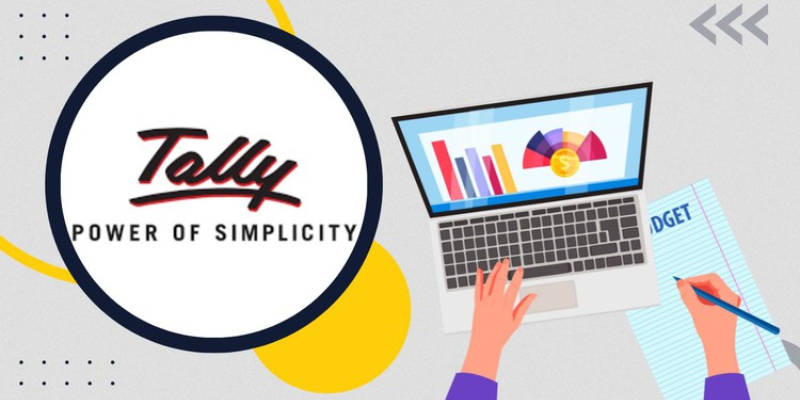How to Use PHP and MySQL for Dynamic Websites?
Many web developers require dynamic websites that interact with users, display data, and perform various functions. This is commonly performed by merging PHP with MySQL. This blog post will explore how to use PHP and MySQL to create dynamic websites, covering the basics and some advanced techniques. FITA Academy provides comprehensive PHP Training in Chennai to equip learners with practical skills and industry-relevant knowledge. What is PHP and MySQL? PHP is a server-side scripting language for creating dynamic web pages. It is very useful for web development because HTML code may incorporate it. MySQL, on the other hand, is a […]







